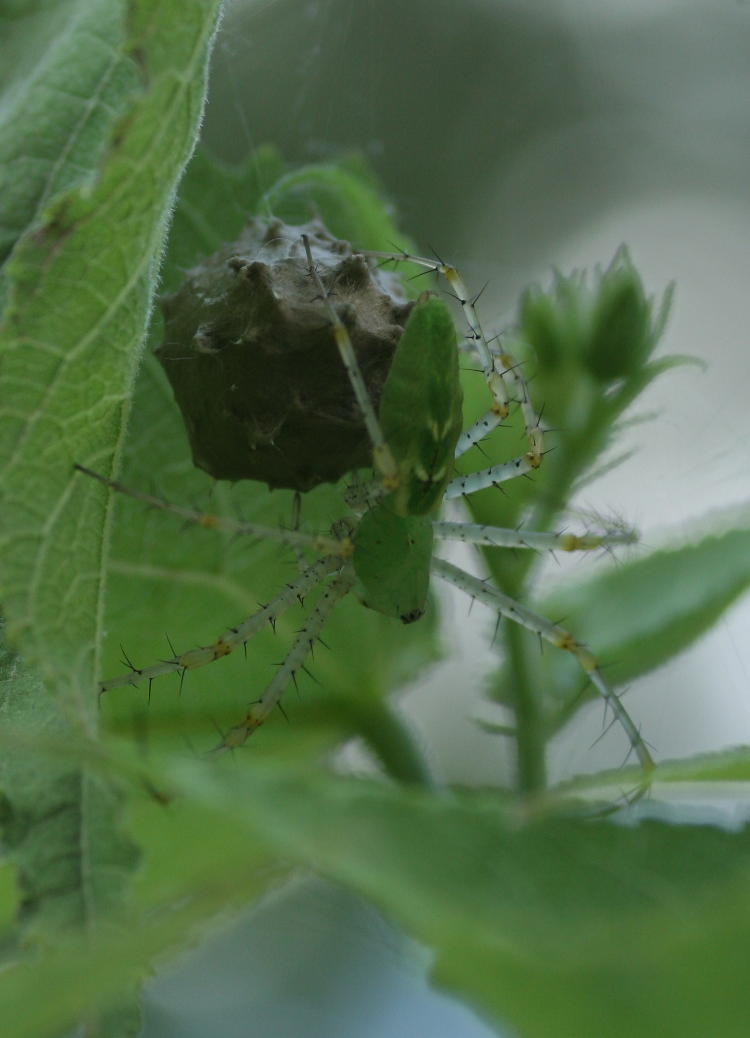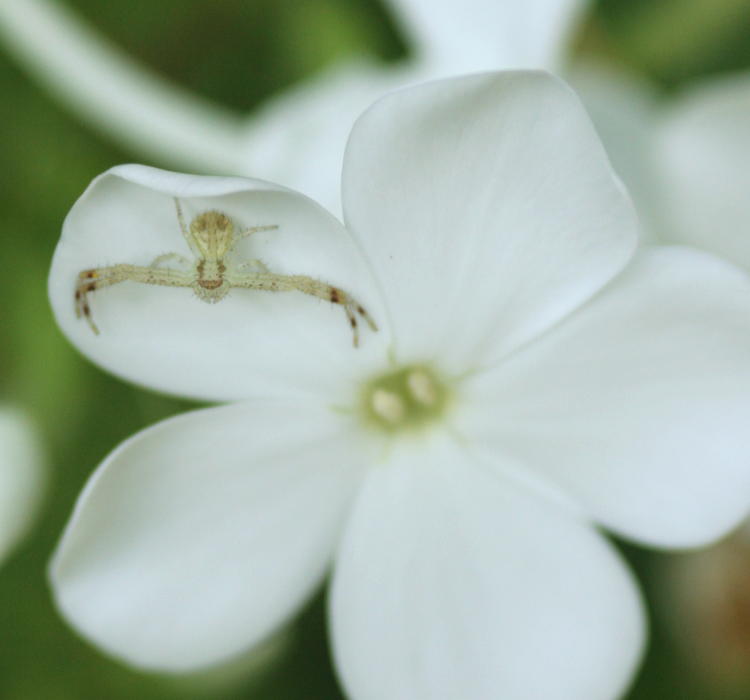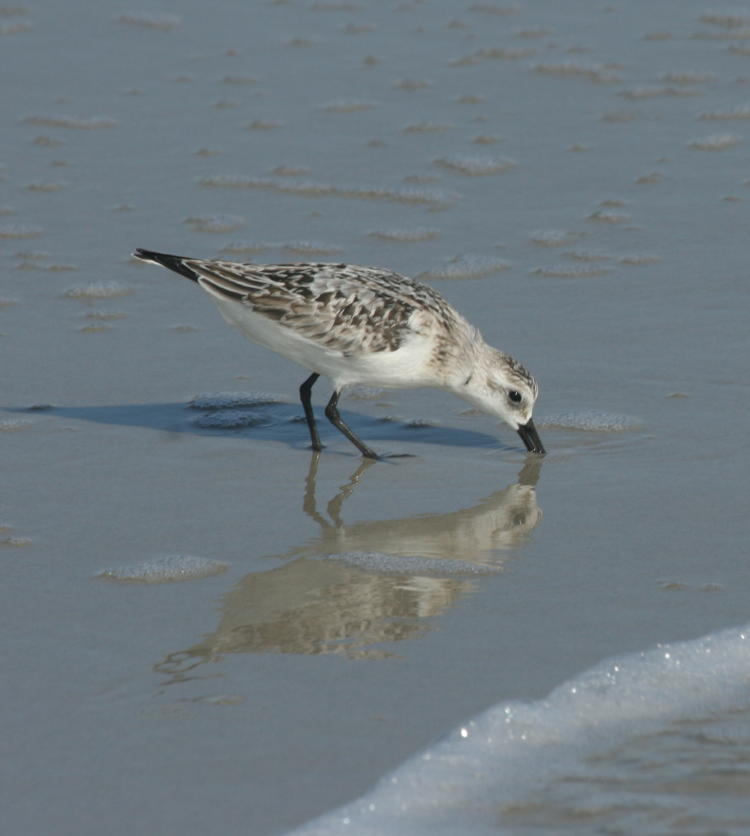
And so, without further ado, we reach the first of the beach posts. No, wait, there’s gotta be at least a little more ado, because I’ve been trying to figure out what aspects to feature in which order, and I’m starting to think, screw it, just put ’em up in whatever order seems to follow.
No long story here; I just wanted to get in another summer trip before we lost the good weather, and was prepared to just whip out on whatever two days I got free, but then The Girlfriend said she wanted a trip too (sometimes I’ll simply go it alone,) and so we coordinated a three-day weekend and headed out. The closest coastal area to us is Wilmington (NC, not Delaware,) but that’s a little too developed and urban, so we aimed southwest a bit and hit Oak Island, just inland from Southport, which was a lot more the type of area that we like. And for a quick and largely unplanned trip, it worked out pretty well.
Above, the first few minutes out on the beach itself, I was taking the opportunities that the shorebirds presented and chased one of the ubiquitous sanderlings (Calidris alba,) probably the most common shorebird on the coast, or at least the Atlantic side – I can’t vouch for the Pacific. The coloring pegs this as a juvenile, and this one let us pass pretty close, so I could go for more of a portrait:
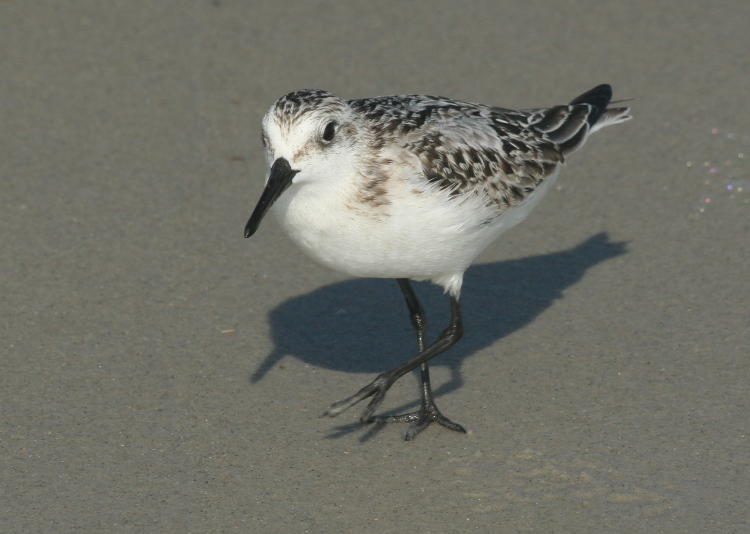
You know, one of the ways to identify sanderlings is by the dark leading edge to their wings when folded, sitting at the shoulder as it were. Of course, it helps if the bird isn’t embarrassed by these and hiding them under its breast feathers as if it were a bald spot…
Oak Island is a little too much like the South Carolina beaches from earlier this year, in that there isn’t a lot to be found thereon, shells or critters or birds or such like, but at least there were a few more birds than the previous, even if they were the same old ones that I see at every damn beach. I was just shooting casually here, not really intent on building up stock.

This is also a juvenile, only a willet, twice the size of the sanderlings yet almost as common. Like the first pic, I was framing to use the reflections in the wet sand, though the sand wasn’t cooperating by being nice and perfectly smooth – stupid sand. But you didn’t miss the beak, did you? That’s a cool beak.
As I said, this was not, like, an area for collecting shells, and only the occasional bits of flotsam could be found, shown below. But what it did have, in overabundance, was the washed-up remnants of some aquatic plant life which somehow sectioned off into stem fragments of roughly the same length, and these littered the beaches just above the tide line in great hulking masses. By themselves they weren’t too hard on bare feet, but they could mask all sorts of things beneath, so walking across them had its risks.

 On the edge of one such mat, I espied a green wine bottle, and as I picked it up I found it decorated on the end with goose barnacles. I did a couple of quick frames by the early morning sunlight (I was out for the sunrise of course,) but then carried the bottle back to the motel room with me for better photos within my macro aquarium. You’re damn right I come prepared.
On the edge of one such mat, I espied a green wine bottle, and as I picked it up I found it decorated on the end with goose barnacles. I did a couple of quick frames by the early morning sunlight (I was out for the sunrise of course,) but then carried the bottle back to the motel room with me for better photos within my macro aquarium. You’re damn right I come prepared.
To the best of my research right now, I’m placing these as pelagic gooseneck barnacles (Lepas anatifera,) but you know how stupid it is to trust me in matters of the Pedunculata. What I didn’t know at the time was that these, unlike the acorn barnacles, do not sweep their cirri through the water, but simply hang them out and allow the currents to bring them food, which is why they often attach to floating or moving objects: trash, ships, turtles, and so on. My vigil in the motel bathroom for activity wasn’t going to pay off.

Nonetheless, I was still able to get some detail photos – actually, much easier than if they had been moving, to be honest (you didn’t check out that acorn barnacle link, did you?) One of these days, there will be plaques in various beach motel bathrooms declaring that Al Denelsbeck Photographed Here…
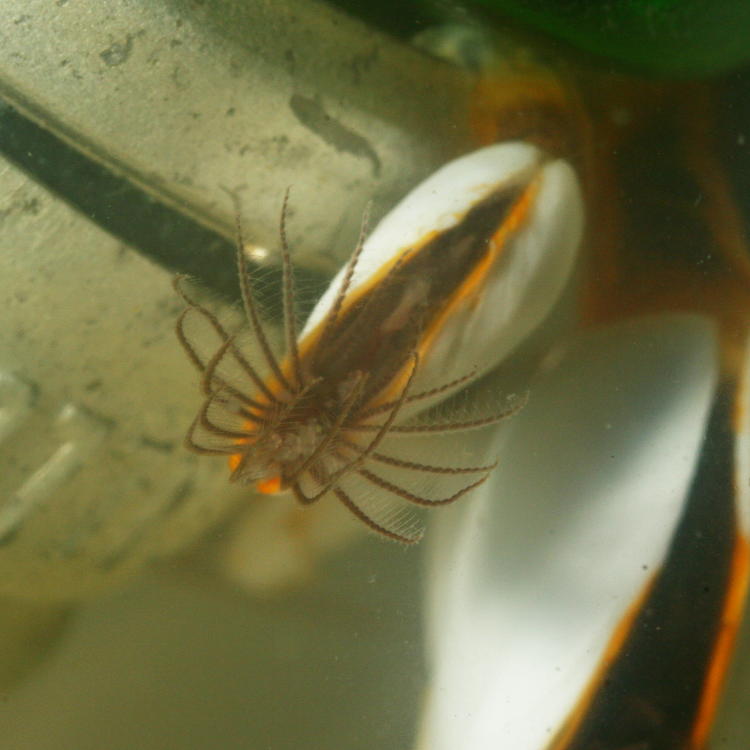
Or maybe not.
There was even one case, not long after I’d gotten them back into the water after finding them at the high tide line, where something was discharged. I’d taken it to be sand, but the photo showed more uniformity in shape and color than you’d expect from sand, and it’s possible that I caught the birth of new barnacles.
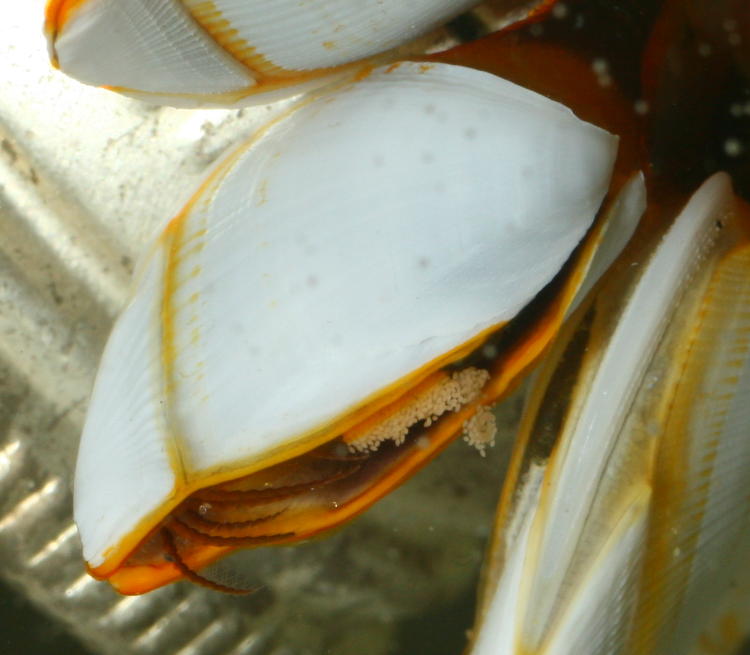
It’s funny how much of my knowledge of naturalism and critter habits and so on stems directly from seeing something happen through the camera and wondering just what the hell it was. Followed by researching it to find out, as well as seeking better photos of it later on. And now, you were here at the start, at least for this aspect. Just imagine where we’ll be in five years.
But we’ll leave the maudlin (or pathos or whatever) behind for a bit as we carry on with the trip pics. The barnacles were discovered while out for the sunrise, but I already knew this wasn’t going to be quite the way it was on, for instance, North Topsail Beach, because I’d done my research with the help of a phone app that I’d downloaded the night before in the room. The beach at Oak Island runs mostly east-west, but more east-southeast by west-northwest, and we’d just passed the vernal equinox which would have put the sun almost due east at sunrise – all this means that the sun was rising behind the houses up the beach instead of out over the water, so I wasn’t expecting a lot, but hey, you make the effort anyway. The Girlfriend had heard my alarm go off and accompanied me out there – something that doesn’t always happen.
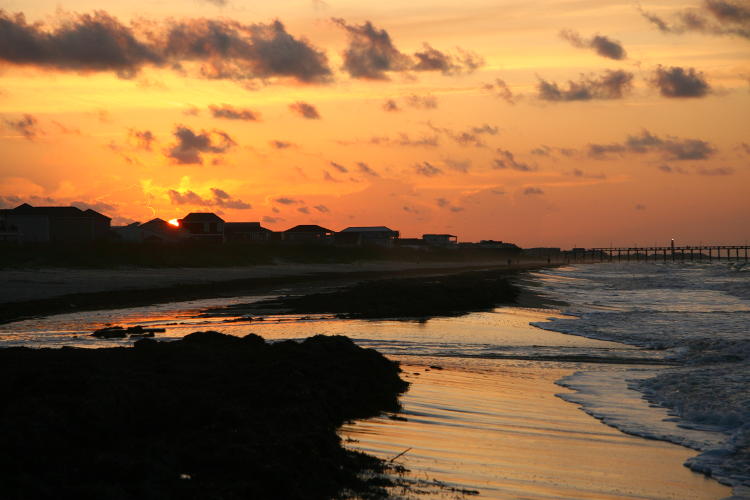
That tiny little light atop the tower at right is the Oak Island lighthouse, which is slightly tricky to time in photos because of how rapidly the light flashes. And those dark masses on the beach are the aforementioned vegetable matter, which stretched as far as I could see, even when up on that pier the next morning.
But anyway, I played in my own manner.

Just a quick note, but yes, I waited for a wave that would push the foam into my frame, because it’s the little touches. High tide had passed a little before sunrise, however, so I was no longer likely to get waves that pushed up through that ‘inlet’ in the foreground. And in the immediate vicinity, there was not a whole lot of foreground subjects to work with, but we corrected for that the next morning.
A few minutes later, the sun had disappeared behind some thin clouds for a short while, and I did a telephoto shot up the beach because I liked the effect.
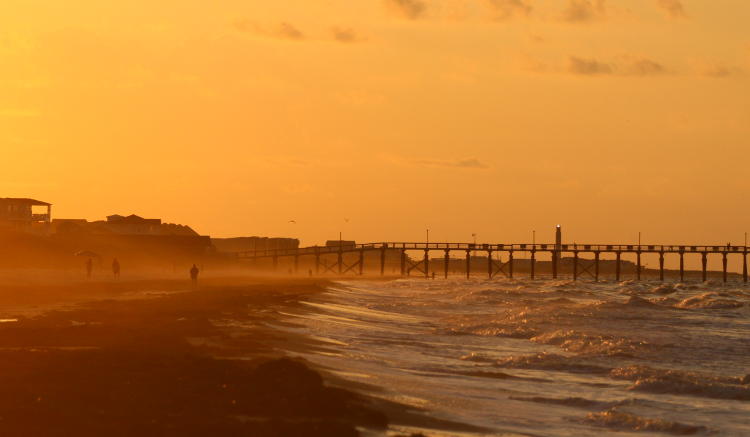
No, it wasn’t misty or foggy at all, and was quite a comfortable morning; this is just the salt spray, concentrated by seeing down along it ‘lengthwise,’ as it were. The pier is Yaupon Beach Fishing Pier, and we should have researched it the night before when we first saw it, because we’d kind of assumed that there was a fee to be out on it (like in North Topsail,) and skipped it as a sunrise locale, not even sure if it’d be open yet. There wasn’t, it was, and it will show up here later on.
I don’t normally shoot the houses along a beach, partially because they’re private property and the owners might not really want the staggering publicity that the blog will bring them, but mostly because they’re not, you know, nature and wildlife. But I’ll take the occasional composition.
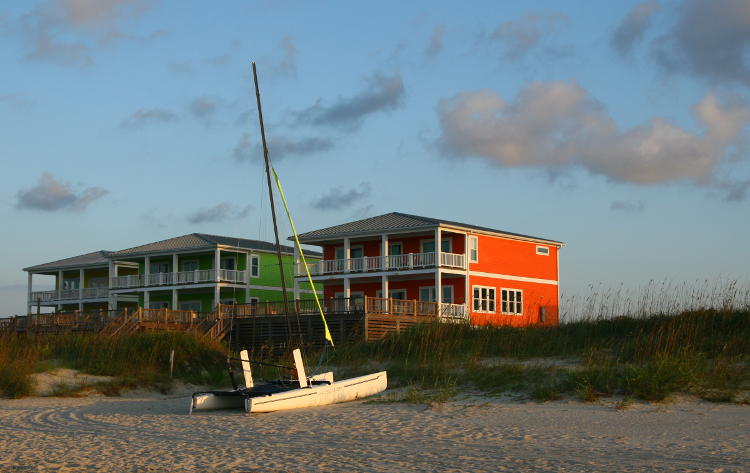
The catamaran would prove to be a useful landmark when we were up on the pier the next day.
I made a few attempts to snag some brown pelicans (Pelecanus occidentalis,) which at least were more in evidence than the previous beach trip, but that morning wasn’t being the most productive in that regard, and I did much better later on.

We spent a lot of this first full day exploring, including around the galleries of Southport, until my gimpy foot dictated that we’d better knock it off for a while. We’d intended to go across to Fort Fisher on the ferry, but for reasons unknown and apparently unadvertised, the ferries weren’t operational that day, so we cut things shorter and opted to get a quick nap in. It is possible to drive around to Fort Fisher, but the nearest bridge across the Cape Fear River and inlet was kilometers north of us, so we put it off until the next day.
Now, from our experiences in the region, I was going to point you to two outside websites, but I can’t recall the name of one of the people, a sculptor, so we’ll go with the photographer for now and link to the sculptor in the next post. We ended up buying a print by photographer David Frank, though, so check out his work. You’ll see a lot of beach images there, and my understanding is that he lives in the immediate vicinity.
For now, I’ll close with yet another Carolina anole, because. This one was slinking around on a potted plant by the motel office and I had my camera in hand, so…
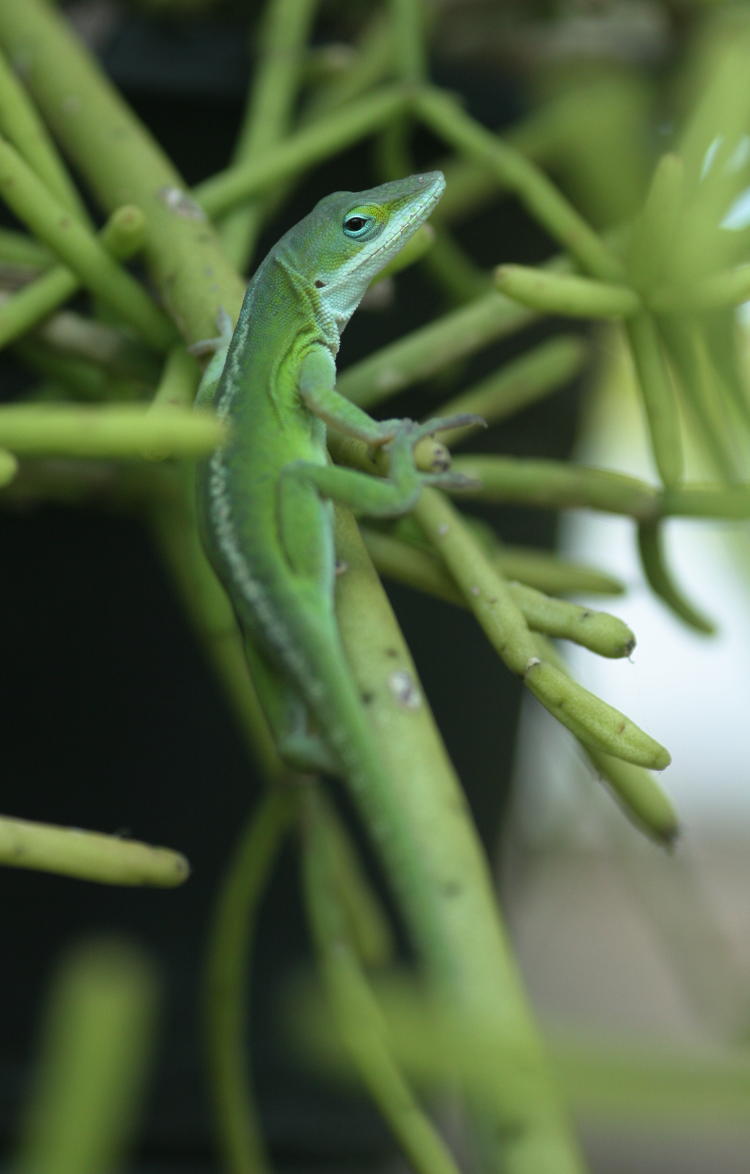

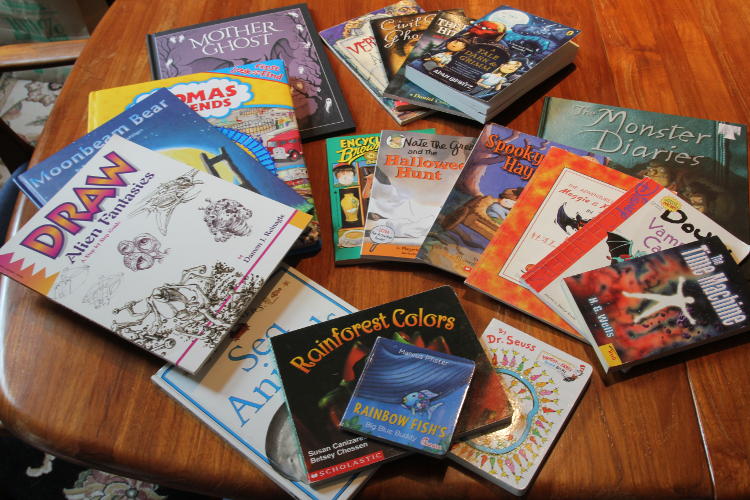 We’d do it even if we didn’t get this gratification, because let’s face it, it’s a great idea, and really needs to become a more regular practice across the country – but yeah, the positive reinforcement helps more than a little. While the original intention was to hand out spooky books of course, thematically matching the holiday and all that, The Girlfriend makes sure that we present a mix, even for the toddlers that aren’t reading yet (not a lot of spooky books aimed at that age, dog knows why. There may be an untapped market here…)
We’d do it even if we didn’t get this gratification, because let’s face it, it’s a great idea, and really needs to become a more regular practice across the country – but yeah, the positive reinforcement helps more than a little. While the original intention was to hand out spooky books of course, thematically matching the holiday and all that, The Girlfriend makes sure that we present a mix, even for the toddlers that aren’t reading yet (not a lot of spooky books aimed at that age, dog knows why. There may be an untapped market here…)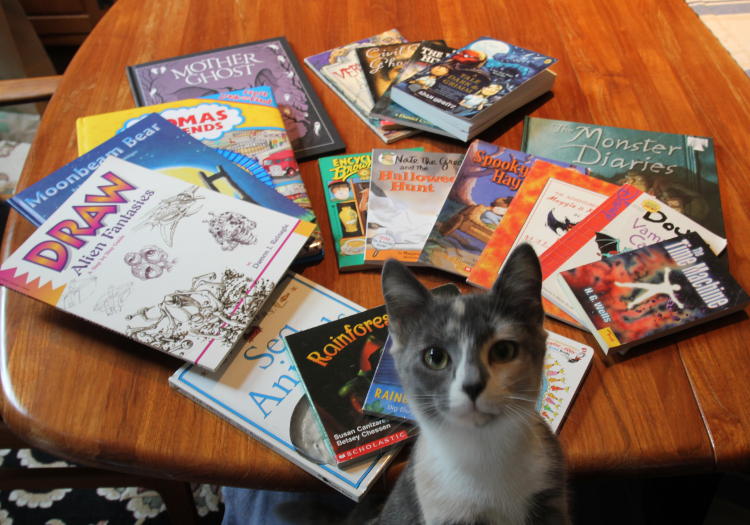
























































 On the edge of one such mat, I espied a green wine bottle, and as I picked it up I found it decorated on the end with goose barnacles. I did a couple of quick frames by the early morning sunlight (I was out for the sunrise of course,) but then carried the bottle back to the motel room with me for better photos within my macro aquarium. You’re damn right I come prepared.
On the edge of one such mat, I espied a green wine bottle, and as I picked it up I found it decorated on the end with goose barnacles. I did a couple of quick frames by the early morning sunlight (I was out for the sunrise of course,) but then carried the bottle back to the motel room with me for better photos within my macro aquarium. You’re damn right I come prepared.








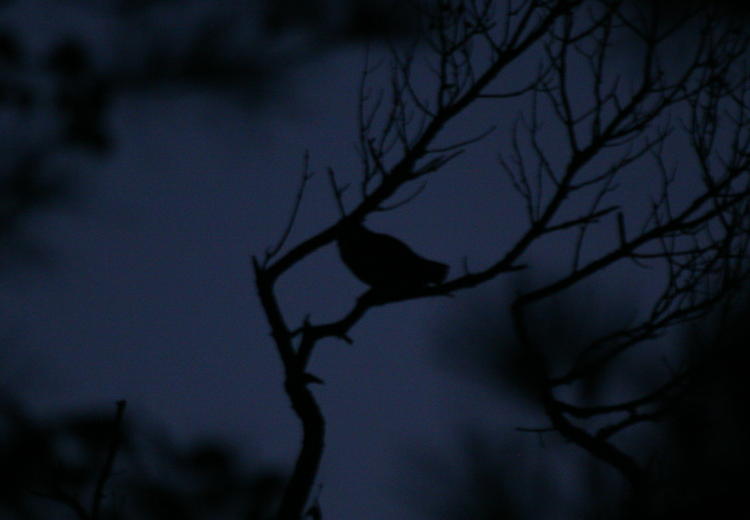
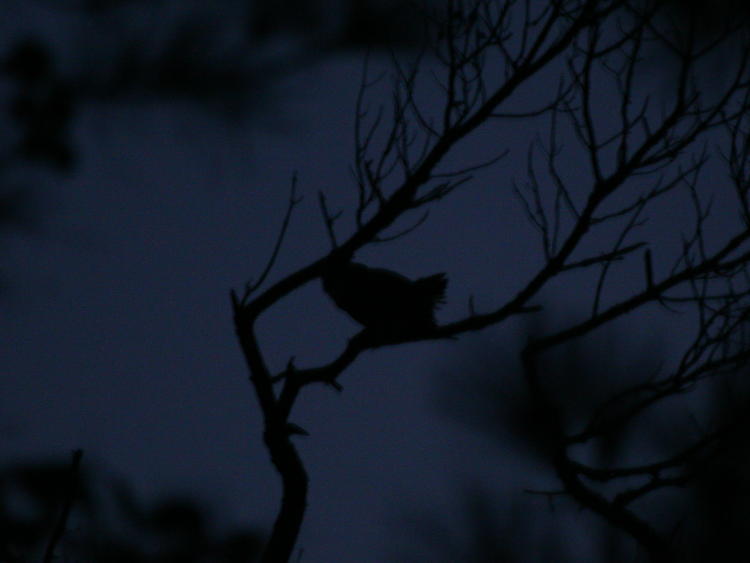
 By the way, these are not small birds; they can stand about 30cm or more from the perch, with a body width in the 20cm range (it varies a lot, especially since it’s mostly feathers,) and can weigh up to a kilo – this is yours truly with a permanent captive, back from a training session on safe handling for presentations, as opposed to safe handling during rehab which requires a bit more restraint since jesses (those little leg leashes) were never used. But birds are deceptive since, again, they’re mostly feathers, as well as conserving weight to be able to fly, so they’re one-third or less what they appear to weigh. The talons and beak, however, are just as nasty as they appear to be, if not more so, and I have a few scars from my rehab days to prove it. Barred owls don’t have that kinda stern, no-nonsense expression of hawks, but they are actually more enthusiastic about communicating their displeasure, which will involve their handler’s blood if they have their way.
By the way, these are not small birds; they can stand about 30cm or more from the perch, with a body width in the 20cm range (it varies a lot, especially since it’s mostly feathers,) and can weigh up to a kilo – this is yours truly with a permanent captive, back from a training session on safe handling for presentations, as opposed to safe handling during rehab which requires a bit more restraint since jesses (those little leg leashes) were never used. But birds are deceptive since, again, they’re mostly feathers, as well as conserving weight to be able to fly, so they’re one-third or less what they appear to weigh. The talons and beak, however, are just as nasty as they appear to be, if not more so, and I have a few scars from my rehab days to prove it. Barred owls don’t have that kinda stern, no-nonsense expression of hawks, but they are actually more enthusiastic about communicating their displeasure, which will involve their handler’s blood if they have their way.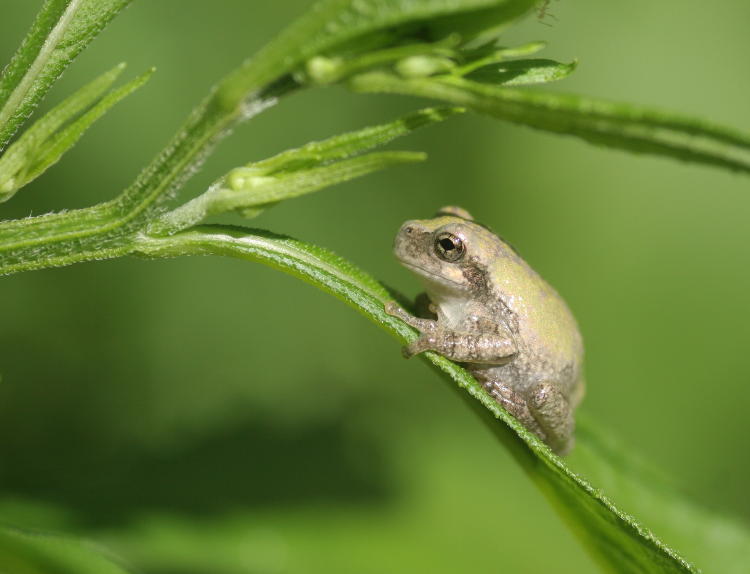
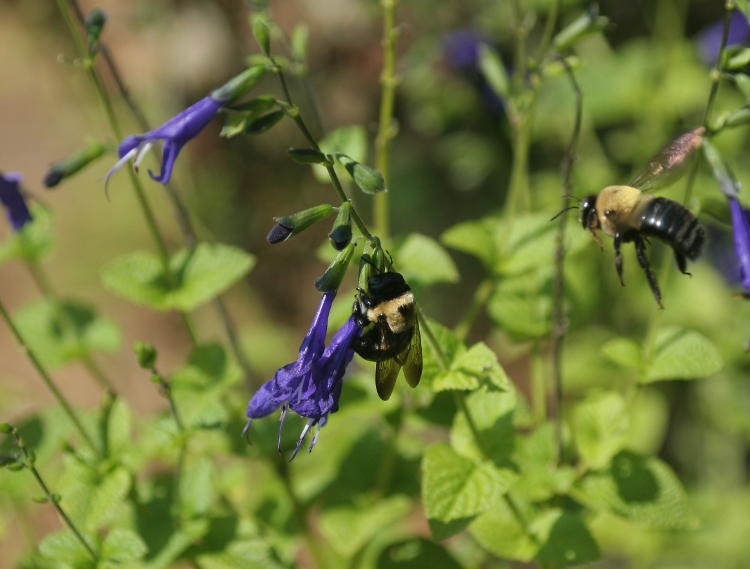
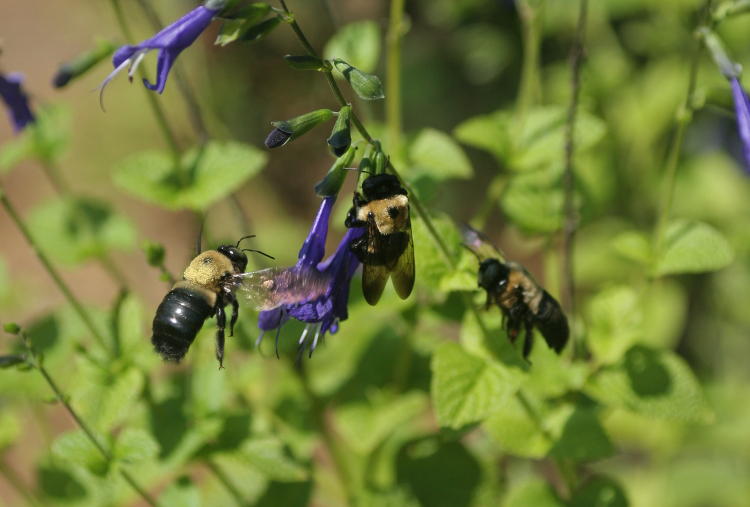

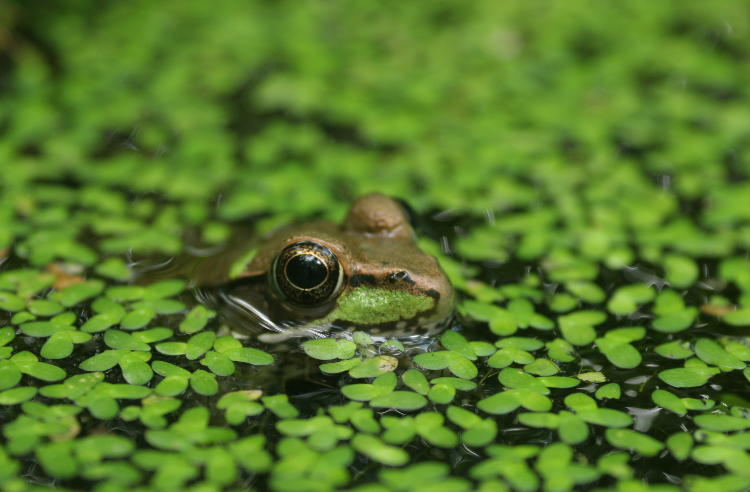
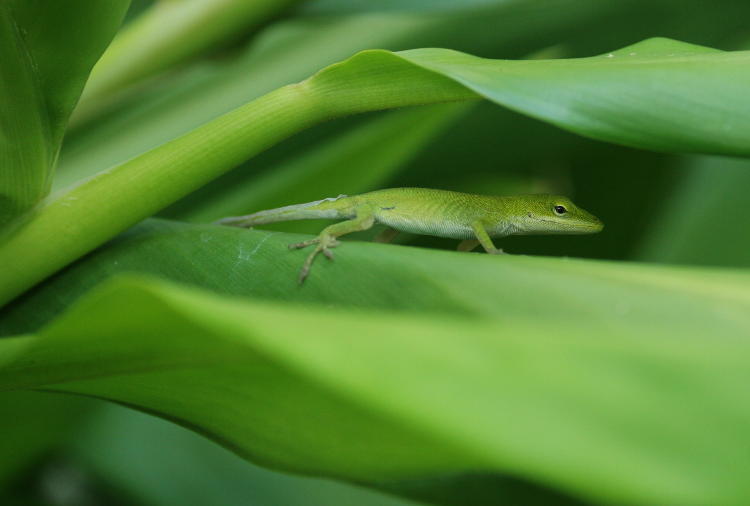
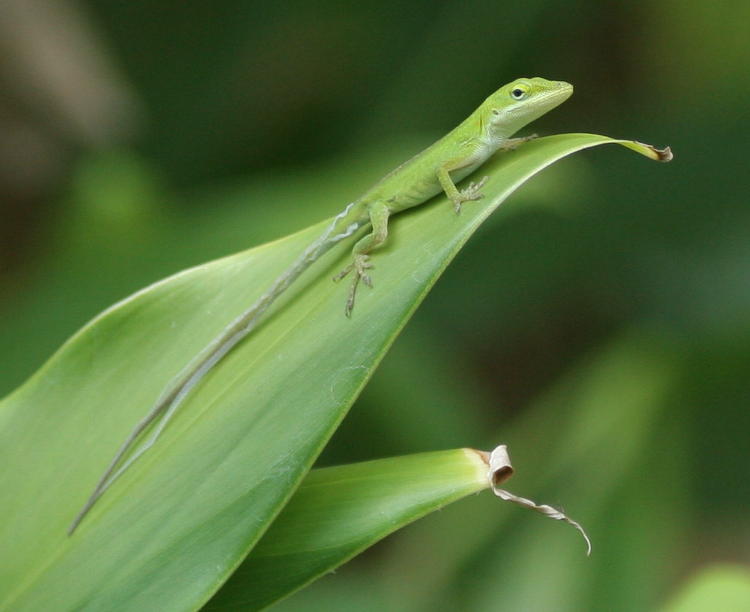
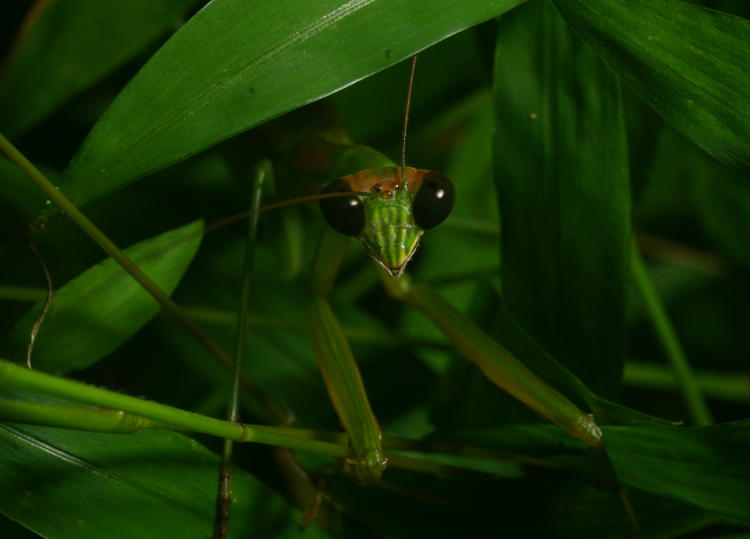
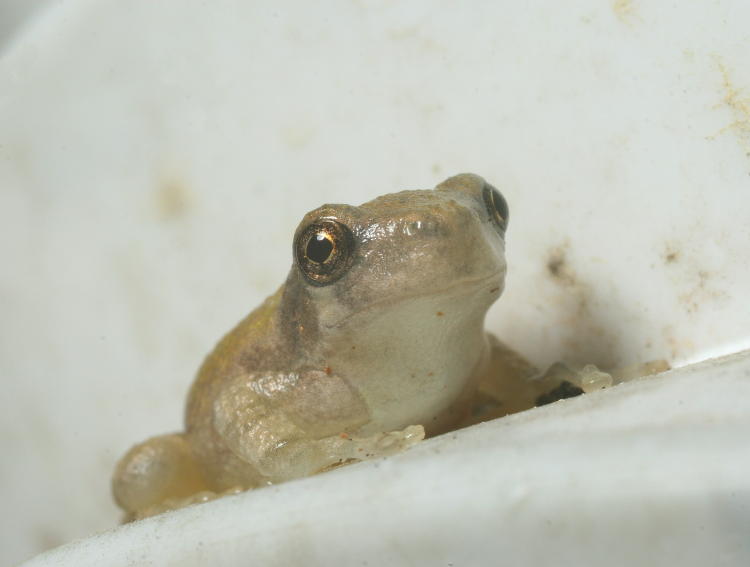
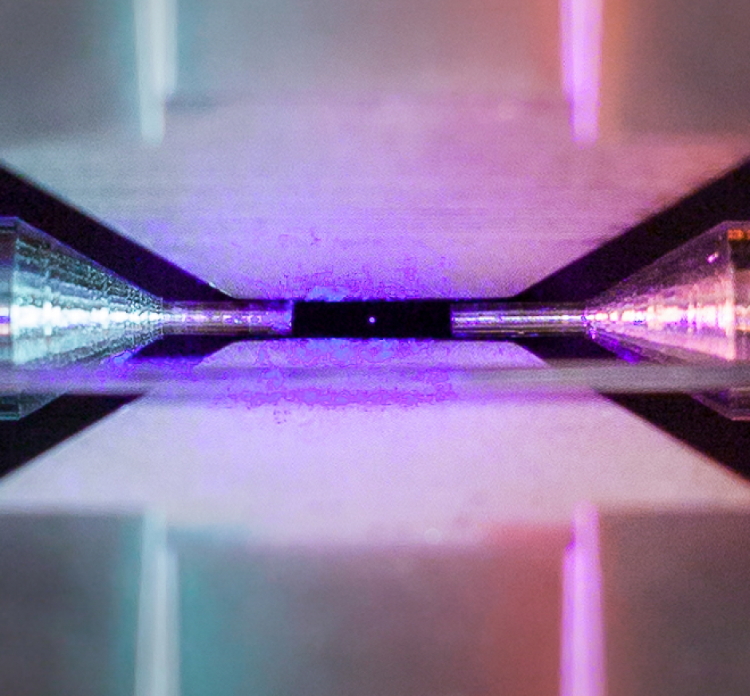

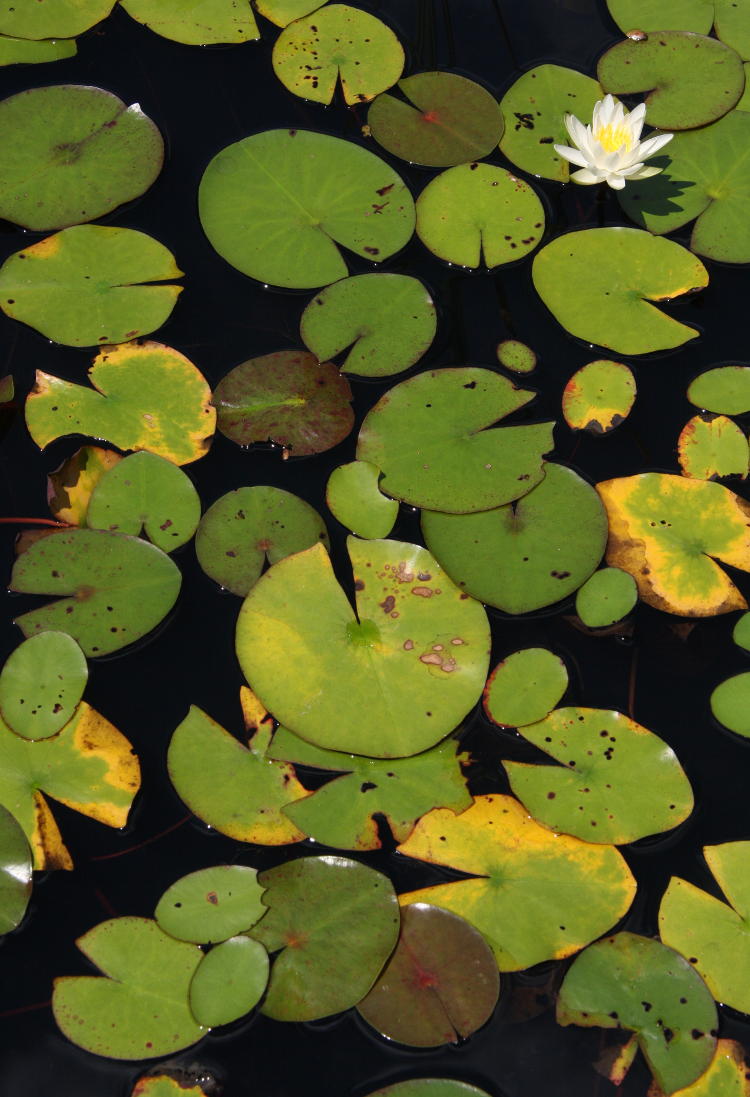
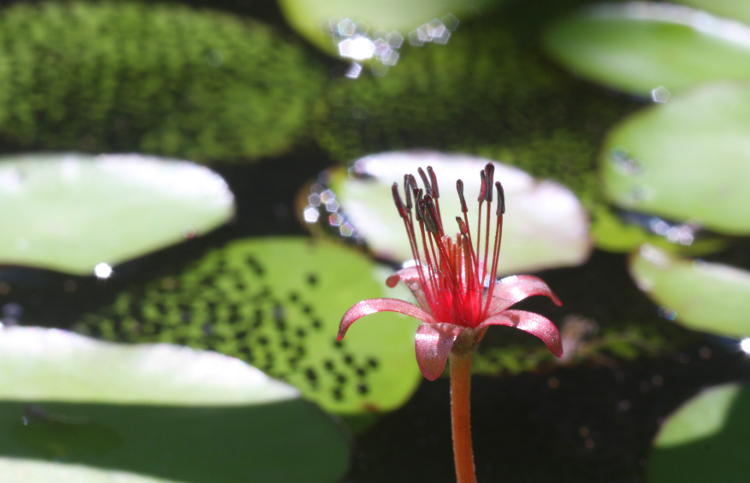
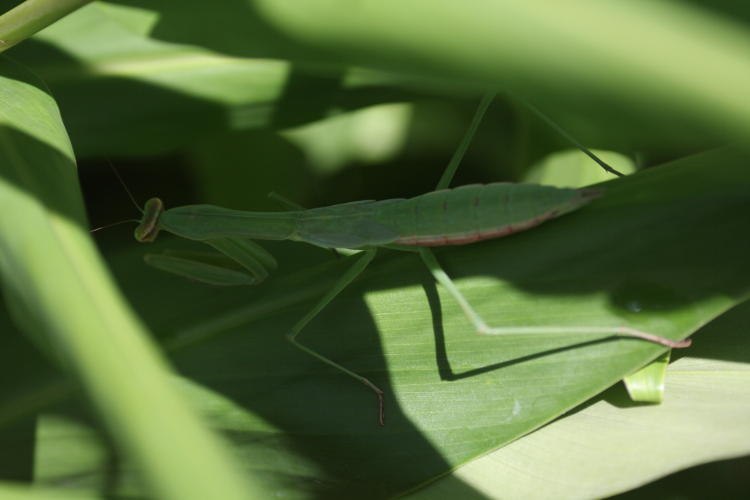

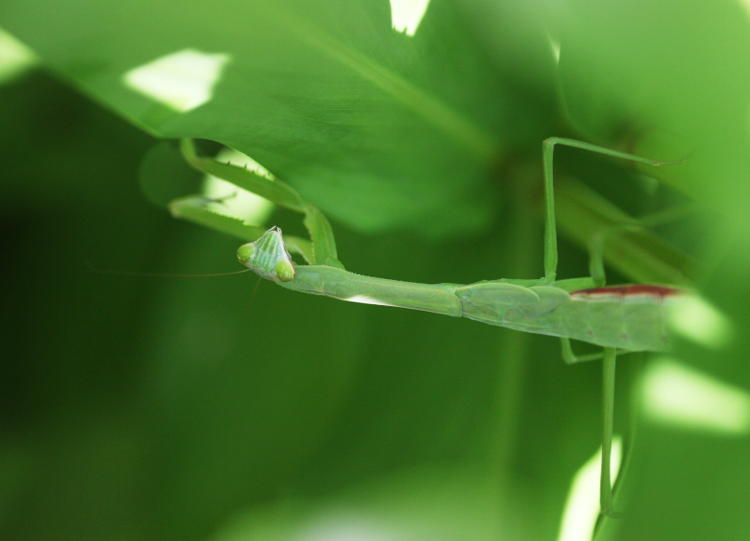

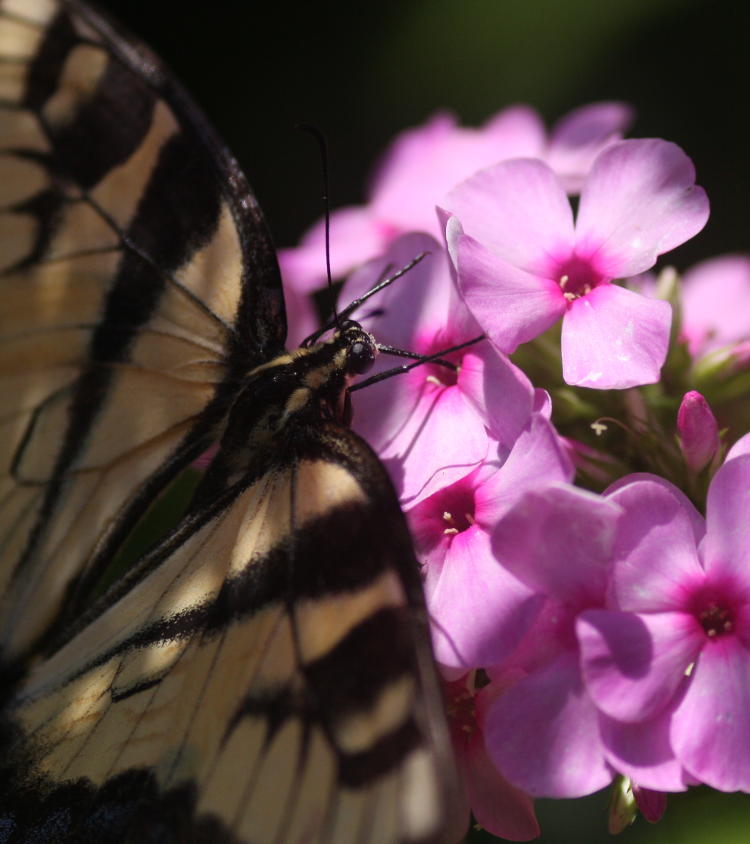
 Okay, back to green.
Okay, back to green.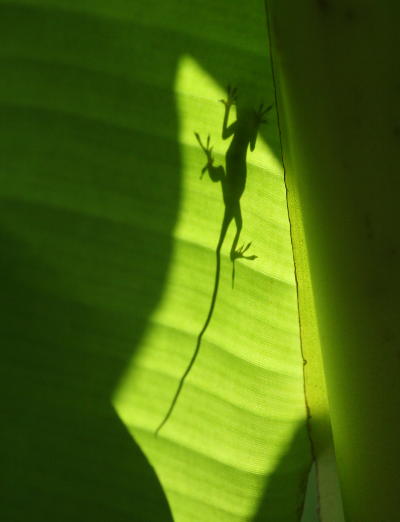 Alas, my timing was just a bit off, and the anole had crept forward enough to put its head in shadow before I could get set to capture the silhouette that I was after. So this isn’t really the print-quality fartsy shot I had tried to achieve, but at least serves to illustrate thinking of a more creative approach.
Alas, my timing was just a bit off, and the anole had crept forward enough to put its head in shadow before I could get set to capture the silhouette that I was after. So this isn’t really the print-quality fartsy shot I had tried to achieve, but at least serves to illustrate thinking of a more creative approach.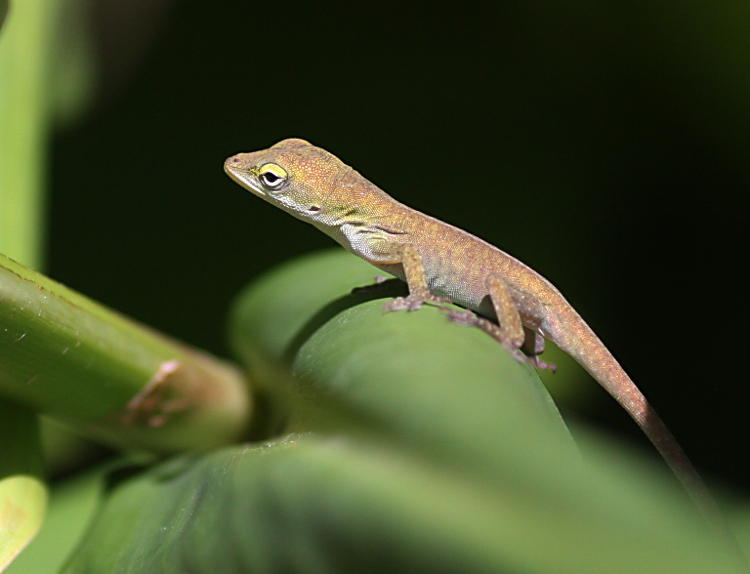
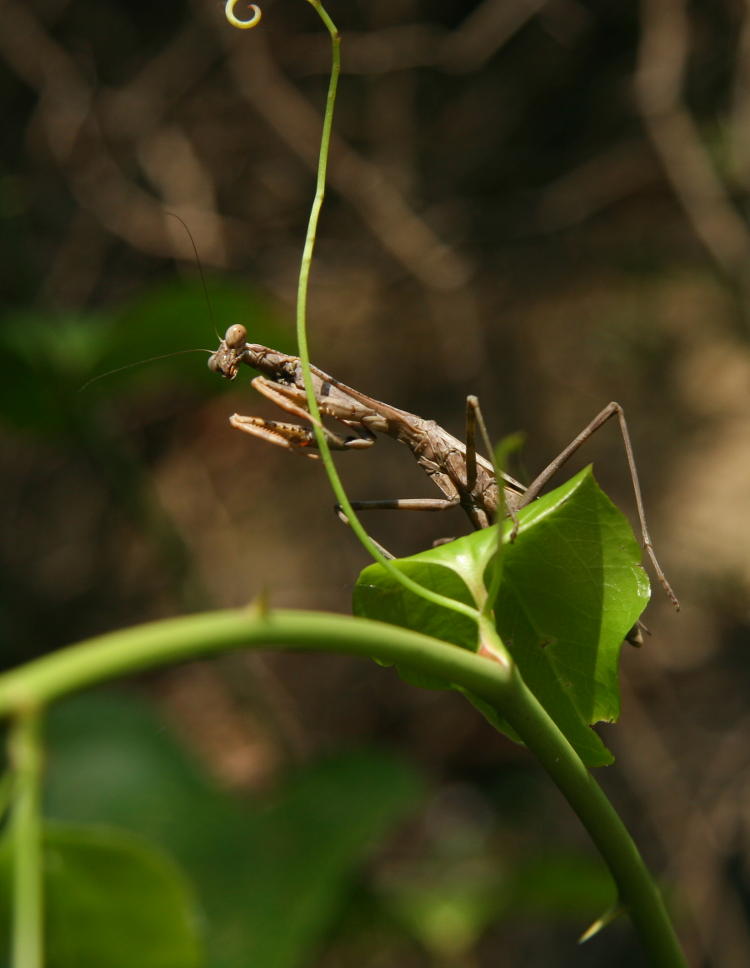
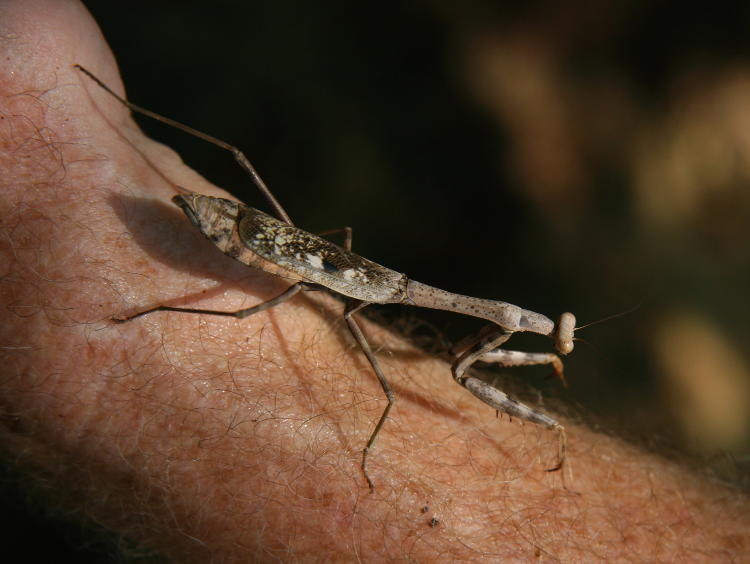
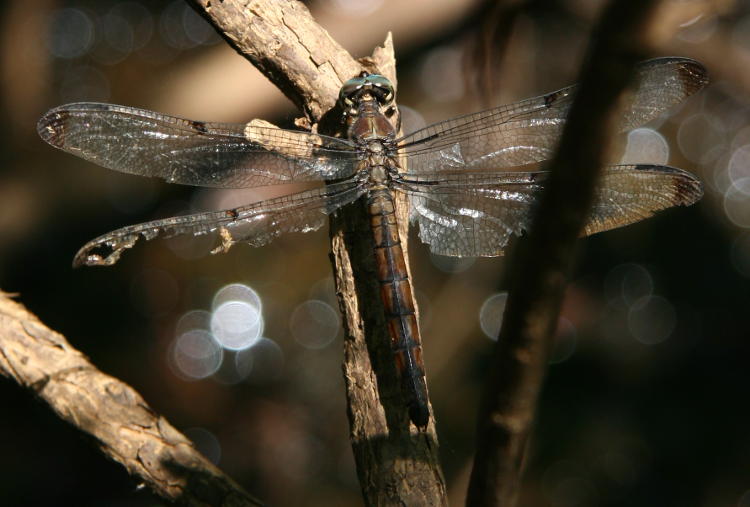
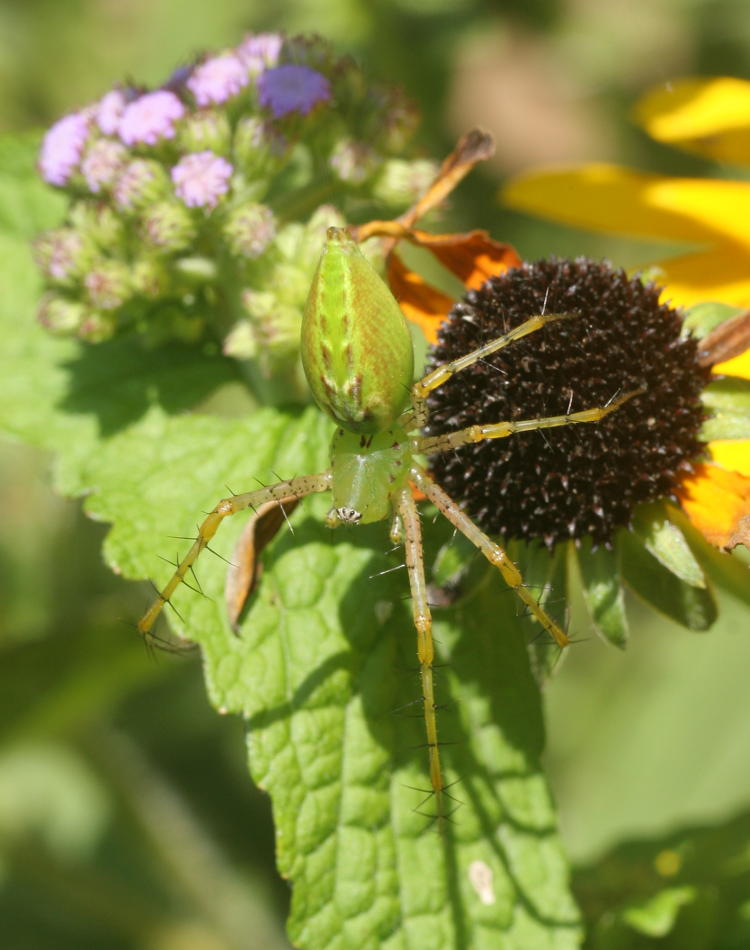
 We’ll go in close for a second to see a detail that I missed at the time, but found in editing. You’re seeing the tip of the abdomen here, with the spinnerets and a pair of draglines that most spiders maintain, a constant safety harness that allows them to drop away from predators or hazards without losing their place, as it were; is some cases they also serve as invisible tripwires, little warning signals that something possibly-edible is blundering around nearby, but I can’t say for sure if the lynx spiders use them that way or not. Even in bright sunlight they can be near-impossible to spot, but go out early on a humid morning when the temperature has dropped below the dewpoint and you’ll see just how many spiders there might be in any given area, since the webbing collects dew and thus becomes visible. Seriously, you’ll probably find a buttload (ahaha) of webs everywhere.
We’ll go in close for a second to see a detail that I missed at the time, but found in editing. You’re seeing the tip of the abdomen here, with the spinnerets and a pair of draglines that most spiders maintain, a constant safety harness that allows them to drop away from predators or hazards without losing their place, as it were; is some cases they also serve as invisible tripwires, little warning signals that something possibly-edible is blundering around nearby, but I can’t say for sure if the lynx spiders use them that way or not. Even in bright sunlight they can be near-impossible to spot, but go out early on a humid morning when the temperature has dropped below the dewpoint and you’ll see just how many spiders there might be in any given area, since the webbing collects dew and thus becomes visible. Seriously, you’ll probably find a buttload (ahaha) of webs everywhere.
